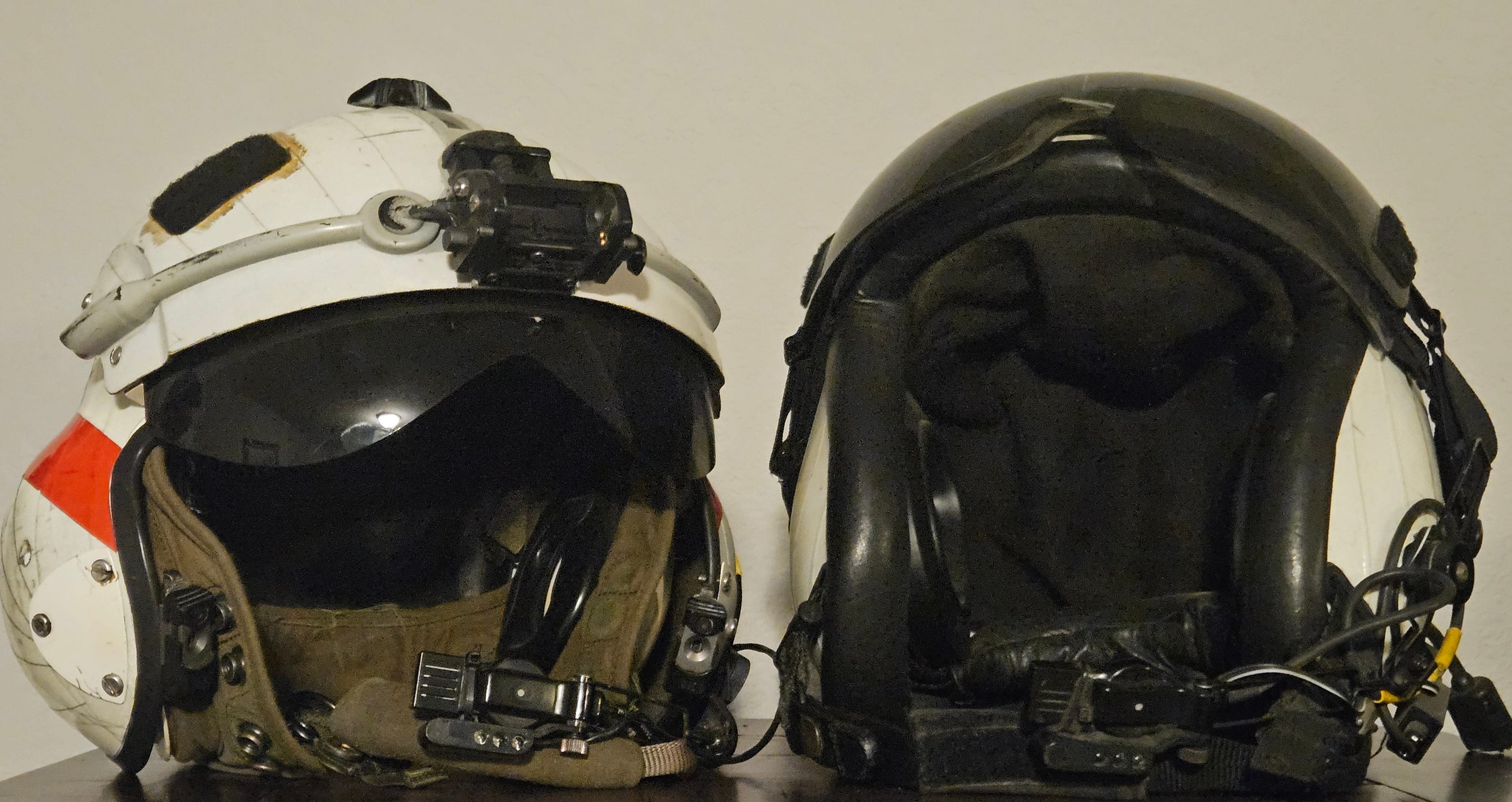|
I am sick.
I had a physical yesterday and was immunized for influenza A, COVID-19, and tetanus, so my arm is sore and I have a slight case of the yuks as my immune system responds to the vaccinations.
I am sick with grief for the families and loved ones of the people killed in a mid-air collision between an Army Blackhawk helicopter and a CRJ 700 passenger jet just off of Reagan National Airport (DCA). I grieve also for the airline crew’s coworkers at PSA and the Blackhawk crew’s fellow soldiers at the Army’s 12th Aviation Battalion. I have been both a military helicopter pilot and a regional airline pilot, so I think I know how this is rippling out in the aviation and Army communities.
When I began typing this, I had a queasy feeling that Trump administration officials or Republican lawmakers were going to cast blame for the crash on DEI or the Biden administration. I had just typed a sentence expressing that feeling when my wife texted me that it had already happened. On Fox News, Representative Andy Ogles (R-TN) had suggested that DEI could be to blame, and Donald Trump later reiterated that claim in a news conference. I didn’t think it would happen that fast. I thought they would have at least a shred of decency, but they cannot help themselves. Decency and kindness and mercy and truth are just signs of weakness to them. Sixty-seven people will never again go home to their families, and this is where Trump and company’s intellectually, emotionally, and morally stunted brains go. I am sickened.
I am sick that perhaps a third of this country would see my immune response to yesterday’s vaccinations as proof that vaccinations are harmful. I am sick that Kash Patel’s nomination to be Director of the FBI could be taken seriously by a single member of the U.S. Senate. I want to vomit when I hear Donald Trump say that Pete Buttigieg is a “disaster” who “has a good line of bullshit.” The truth is that Donald Trump will never rise to the grace, honor, or intelligence of a brown stain on Pete Buttgieg’s underwear.
The truth is that aviation can be unforgiving of even a moment of inattention, especially at night. That moment is normally preceded by many other moments and decisions that had to align just right—we call it the Swiss cheese model, the holes in all of the slices aligning—in order for the accident to occur.
The real answers to what caused the mid-air collision at DCA will come from the professionals and “unelected bureaucrats” who conduct the investigation. They will generate a report and recommendations, including suggested changes to regulations and procedures. In Naval aviation, we would say that those new regulations and procedures were written in blood.
In social media comments, some conspiracy-minded people have claimed that the accident was not possible unless dark forces were afoot. While I don’t know exactly what happened, I can explain factors that may have contributed and made the collision possible without any evil intent or aircrew incompetence.
The undermanned air traffic control tower may have contributed, but neither aircraft was forgotten or ignored. Would a second controller in the tower have noticed something sooner? It’s hard to know.
The CRJ 700 was flying north with the helicopter ahead and below. They made a descending left turn to align with runway 33 (330 degrees, NNW). As they banked left, the helicopter would probably have slipped into a blind spot to their right. Also, this is a busy phase of flight and the crew’s attention would have been on the runway. I saw an armchair aviation expert on one site suggest that the CRJ 700 should not have been on the east side of the Potomac, but that is bunk and I will provide an illustration to prove it.
If the air traffic control recordings I have listened to are legitimate—and I have no reason to believe they are not, but can’t say that with one hundred percent certainty—the Blackhawk crew reported the CRJ 700 in sight and requested visual separation. It was then their responsibility to maintain separation, not the air traffic controller’s, though the air traffic controller did call the Blackhawk a second time to verify that they had the CRJ 700 in sight. The Blackhawk pilot replied that they did have the jet in sight and he once again requested and was granted visual separation.
Assuming all of the above is true, how could the helicopter collide with the CRJ 700? Some have speculated that the crew was inexperienced because they were on a training flight, but training does not mean “first exposure,” and the Army would not send an inexperienced crew into that flight corridor. Almost every flight I conducted as a military pilot had an element of training in it for at least one crew member. Sometimes it was just getting the required minimum number of flight hours or repetitions of some skill for that month. Also, it is unlikely that a brand-new pilot would even be part of a unit tasked with VIP flights.
From the helicopter crew’s point of view, the light configuration they saw would have changed as the passenger jet banked left. As it descended, it’s lights could have become mixed with background lights, making is harder to detect the rate of closure, which is already more difficult at night. A second or two of distraction, and the Blackhawk crew could have lost sight of the CRJ 700 and not regained situational awareness in time to avoid collision.
The helicopter crew could also have become disoriented by the lights. I saw this happen once early in my aviation career. I was in the back of a Sea Stallion helicopter after flying a training mission to the island of Molokai and then swapping out with another trainee so he could fly back to Oahu. On the way, he became fixated on a single light in the dark and didn’t notice that he was in a descending left turn. The sky and the water were black. There was no discernable horizon. The lights of Honolulu were a distant, pale orange glow peeking over the contours of Diamond Head and Koko Koko Head . The trainee thought the light he saw was moving, but it was not. The instructor waited until he was sure the trainee was not going recover from his disorientation and then took the controls.
I suppose there is also some chance that the helicopter crew was looking at and reporting having sight of something other than the CRJ 700—assuming, again, a situation where they had been given permission to maintain visual separation. We won’t know for sure until all the data is collected and the investigation is complete.
I just want to be clear that no one needs to be casting blame or turning to conspiracy theories right now. Blaming is not leading. Sticking to your bash-the-other-side talking points is marketing, not leadership. We deserve better. More than one mistake was made on the way to this mishap, and that does not mean anyone was incompetent or had bad intent.
I have two Marine Corps flight helmets on my office shelf. I got the second one after a lieutenant was killed in a mishap at the Mountain Warfare Training Center in Bridgeport, CA. As the helicopter descended violently through the trees, his helmet shook forward on his head and then the base of his skull smashed into the top of a metal seat post. He was a twenty-seven-year-old CH-53D pilot, just like me. About a month later, I had a different style of flight helmet and some procedures were changed. They were hasty changes, written in blood.
You’re currently a free subscriber to Trygve’s Substack. For the full experience, including access to the archives, upgrade your subscription.

